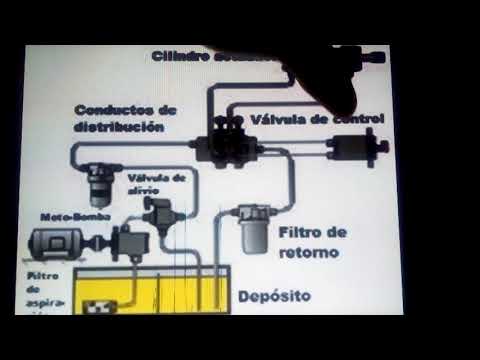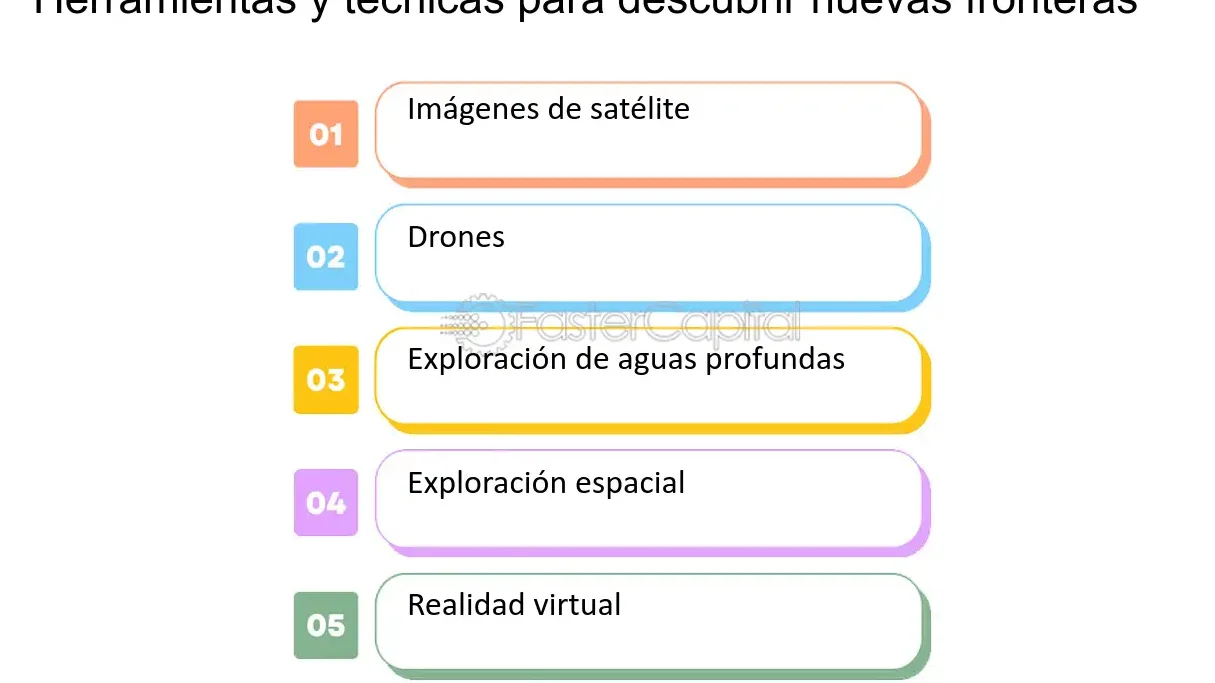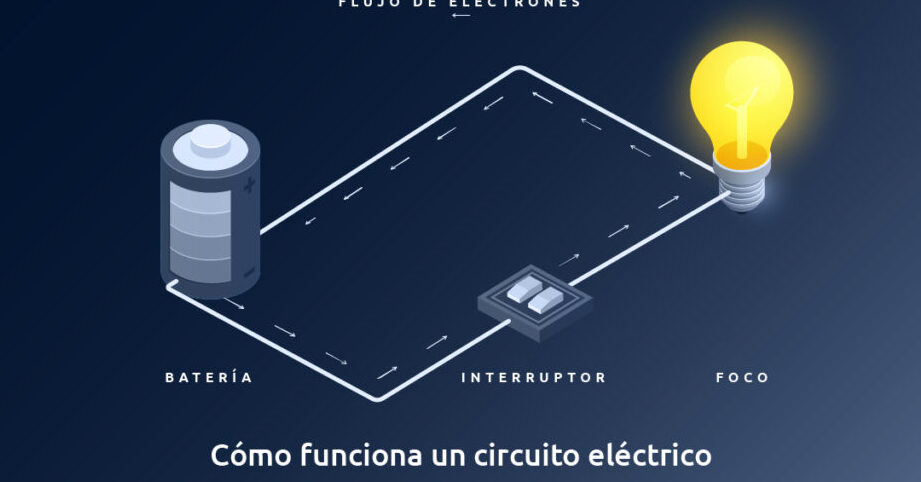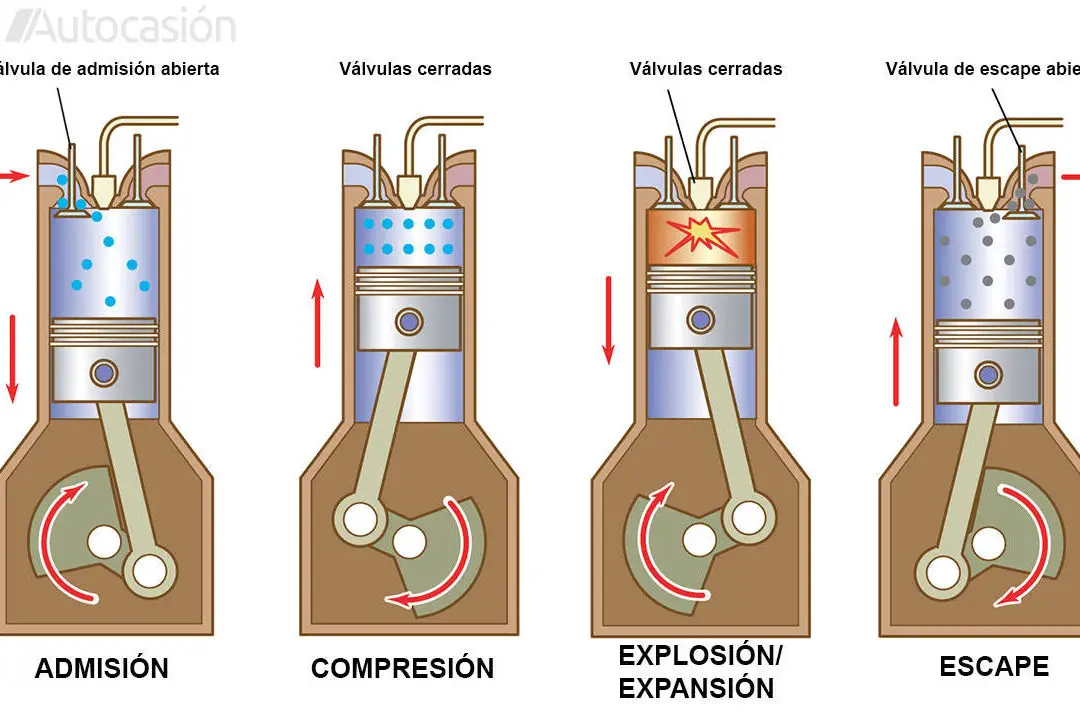The inner workings of a hydraulic system: everything you need to know
The inner workings of a hydraulic system are fascinating and unknown to many. In this article, we will take you into the world of hydraulics, revealing the secrets behind this technology that moves the world. Discover how a hydraulic system works, from its basic components to its application in various industries. Prepare to immerse yourself in a fluid world of force and motion where everything you need to know about hydraulics will be revealed to you. Keep reading!
The detailed operation of a hydraulic system: Everything you need to know
A hydraulic system is a set of components that use the incompressible fluid known as hydraulic fluid to transmit force and perform mechanical work. This system is based on Pascal's principle, which states that the pressure applied to a fluid at one point is transmitted uniformly to all points of the fluid.
Main components of a hydraulic system:
- Hydraulic pump: It is responsible for generating the flow of hydraulic fluid through the system. It can be of different types, such as gear, piston or vane pump.
- Reservoir: It is the tank that stores the hydraulic fluid. It may also contain elements such as filters to keep the fluid clean and free of impurities.
- Valves: They are devices that control the flow of hydraulic fluid in the system. They can be of different types, such as pressure control, directional control or flow control valves.
- Hydraulic cylinders: They are devices that convert hydraulic energy into linear mechanical energy. They consist of a cylinder with a piston that moves forward or backward when pressure is applied to the hydraulic fluid.
- Hydraulic actuators: They are the components that perform the mechanical work in a hydraulic system. They can be hydraulic cylinders, hydraulic motors or hydraulic tools, depending on the specific application.
Operation of a hydraulic system:
The operation of a hydraulic system is based on the transmission of force through hydraulic fluid. When the hydraulic pump activates, it generates pressure that forces fluid through pipes and valves to hydraulic cylinders or actuators.
When hydraulic fluid pressure reaches the cylinders, it pushes the piston forward or backward, generating a mechanical force that does the desired work, such as lifting a load or moving an object.
The different parts of a hydraulic system that you should know
A hydraulic system is a set of elements that uses the principle of hydraulics to transmit energy through the use of an incompressible fluid, usually oil. These types of systems are used in a wide variety of applications, from industrial machinery to heavy vehicles. Below, we present the different parts of a hydraulic system that you should know:
1. Hydraulic pump: It is the component responsible for generating the pressure necessary for the hydraulic fluid to circulate through the system. There are different types of hydraulic pumps, such as gear pumps, vane pumps and piston pumps, each with its own characteristics and applications.
2. Oil deposit: It is the place where the hydraulic fluid is stored. In addition to containing the oil, the reservoir also serves to cool and filter the fluid.
3. Hydraulic filter: It is an essential element in a hydraulic system, since it is responsible for retaining the impurities present in the fluid, thus avoiding possible damage to the system components.
4. Hydraulic engine: It is used to convert hydraulic energy into mechanical energy. This component is mainly used in heavy machinery, such as excavators or cranes.
5. Hydraulic valves: They are devices that control the flow of hydraulic fluid in the system. There are different types of hydraulic valves, such as pressure control valves, flow control valves, and directional control valves.
6. Hydraulic cylinders: They are elements that convert hydraulic energy into linear mechanical energy. They are mainly used to generate force and movement in different applications, such as lifting loads or opening gates.
7. Pipes and hoses: They are the conduits through which the hydraulic fluid circulates in the system. These components must be strong and correctly sized to withstand the pressure and flow of the fluid.
8. Hydraulic accumulators: They are devices that store hydraulic energy in the form of pressure.
The key principles of hydraulics: everything you need to know
Hydraulics is a branch of physics that studies the properties and behavior of fluids, especially in relation to their application in engineering. Understanding the key principles of hydraulics is essential to be able to take full advantage of its potential in different areas. Below, we offer you everything you need to know about this fascinating topic.
1. Pascal's Law: This law states that a change in pressure applied to a fluid is transmitted uniformly in all directions. That is, if a pressure is applied at one point in an enclosed fluid, this pressure will be transmitted to all points in the fluid without changes. This is what allows the operation of hydraulic systems such as presses or hydraulic brakes.
2. Archimedes Principle: This principle states that a body immersed in a fluid experiences an upward buoyant force equal to the weight of the displaced fluid. In other words, an object immersed in a liquid will experience an upward force equal to the weight of the liquid it displaces. This principle is fundamental to understanding the buoyancy of objects and the operation of submarines.
3. Bernoulli's theorem: This theorem states that in a moving fluid, the sum of static pressure, dynamic pressure, and potential energy is constant along a streamline. This implies that when the speed of a fluid increases, its pressure decreases and vice versa. Bernoulli's theorem is crucial to understanding the operation of pipes, airplanes, and other devices in which fluid flow is important.
4. Torricelli's Law: This law states that the exit velocity of a fluid through an orifice in a container is proportional to the height of the liquid above the orifice. That is, the greater the height of the liquid, the greater the exit velocity. This law is important to understand the operation of fountains, dispensers and other devices that use the principle of fluid flow.
5. Law of conservation of mass: This law states that the mass of a fluid in a closed system is conserved, that is, it is neither created nor destroyed.
Hold on tight, here comes the end of this hydraulic adventure! Now that you know how a hydraulic system works inside, you are more prepared than an octopus in a garage to deal with any leak or breakdown that comes your way.
So the next time you see an excavator lifting tons of earth with its hydraulic arm, you can brag to your friends and explain in great detail how this engineering marvel is capable of such a feat.
Remember, the world of hydraulics can be a little complicated at first, but with patience and a little running water (and oil, of course), you can master any challenge that is thrown your way. So go for it, brave hydraulics!
And if you liked this article, don't forget to visit our website www.polaridad.es, where you will find more interesting content on all kinds of topics. From quantum physics to grandma's recipes to make the best stew, at Polaridades we have a little bit of everything.
Until next time, intrepid hydraulics!





Post Comment